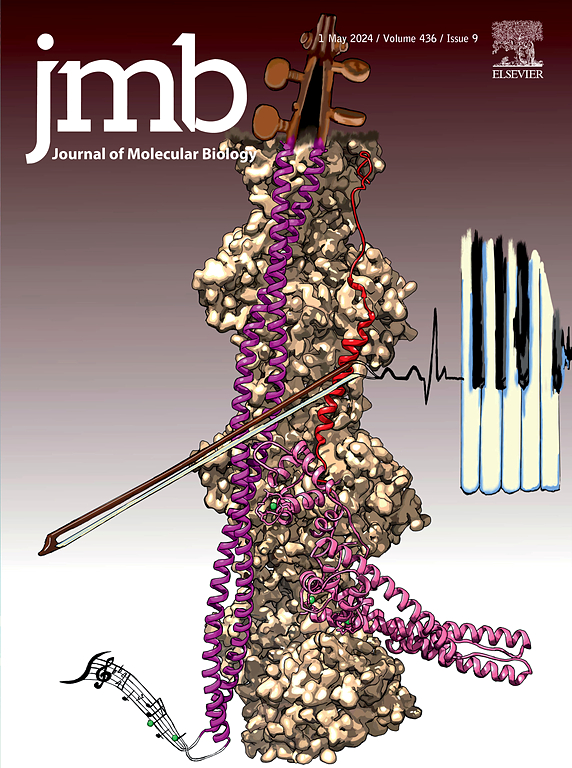Yeast Knowledge Graphs Database for Exploring Saccharomyces Cerevisiae and Schizosaccharomyces Pombe
IF 4.7
2区 生物学
Q1 BIOCHEMISTRY & MOLECULAR BIOLOGY
引用次数: 0
Abstract
Biomedical literature contains an extensive wealth of information on gene and protein function across various biological processes and diseases. However, navigating this vast and often restricted-access data can be challenging, making it difficult to extract specific insights efficiently. In this study, we introduce a high-throughput pipeline that leverages OpenAI’s Generative Pre-Trained Transformer Model (GPT) to automate the extraction and analysis of gene function information. We applied this approach to 84,427 publications on Saccharomyces cerevisiae and 6,452 publications on Schizosaccharomyces pombe, identifying 3,432,749 relationships for budding yeast and 421,198 relationships for S. pombe. This resulted in a comprehensive, searchable online Knowledge Graph database, available at yeast.connectome.tools and spombe.connectome.tools, which offers users extensive access to various interactions and pathways. Our analysis underscores the power of integrating artificial intelligence with bioinformatics, as demonstrated through key insights into important nodes like Hsp104 and Atg8 proteins. This work not only facilitates efficient data extraction in yeast research but also presents a scalable model for similar studies in other biological systems.

求助全文
约1分钟内获得全文
求助全文
来源期刊

Journal of Molecular Biology
生物-生化与分子生物学
CiteScore
11.30
自引率
1.80%
发文量
412
审稿时长
28 days
期刊介绍:
Journal of Molecular Biology (JMB) provides high quality, comprehensive and broad coverage in all areas of molecular biology. The journal publishes original scientific research papers that provide mechanistic and functional insights and report a significant advance to the field. The journal encourages the submission of multidisciplinary studies that use complementary experimental and computational approaches to address challenging biological questions.
Research areas include but are not limited to: Biomolecular interactions, signaling networks, systems biology; Cell cycle, cell growth, cell differentiation; Cell death, autophagy; Cell signaling and regulation; Chemical biology; Computational biology, in combination with experimental studies; DNA replication, repair, and recombination; Development, regenerative biology, mechanistic and functional studies of stem cells; Epigenetics, chromatin structure and function; Gene expression; Membrane processes, cell surface proteins and cell-cell interactions; Methodological advances, both experimental and theoretical, including databases; Microbiology, virology, and interactions with the host or environment; Microbiota mechanistic and functional studies; Nuclear organization; Post-translational modifications, proteomics; Processing and function of biologically important macromolecules and complexes; Molecular basis of disease; RNA processing, structure and functions of non-coding RNAs, transcription; Sorting, spatiotemporal organization, trafficking; Structural biology; Synthetic biology; Translation, protein folding, chaperones, protein degradation and quality control.
 求助内容:
求助内容: 应助结果提醒方式:
应助结果提醒方式:


